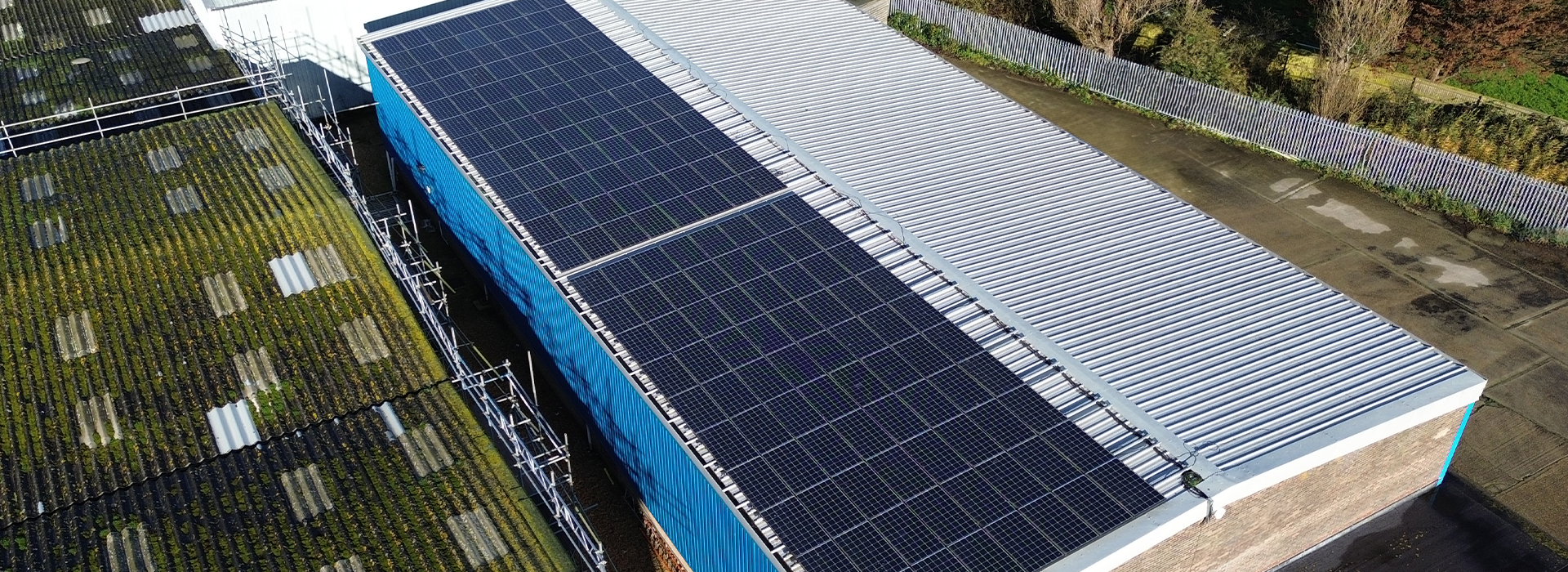Fatal accidents on construction sites are partly due to poor health and safety measures put in place by construction companies. Under the Construction Design and Management Regulations (CDM) 2015, it is stated that all construction projects must now have measures in place to protect workers working at height. This means an effective system must be put into place to prevent falls and injuries.
Fall protection comprises two systems: a Fall Arrest System and Fall Restraint System. While both systems provide proper safety measures for workers working at heights, they operate differently. The fall arrest system protects a worker who is already falling, while the fall restraint system eliminates the risk of falling.
Fall Arrest vs Fall Restraint: Definitions
Some construction sites tend to give preference to one over the other, but the best way to decide which one is better suited for your project is to hire a UK height solutions specialist. Now let’s compare the two in more detail:
What Is A Fall Restraint System?
Fall restraint is a technique that prevents a person who is working at height from falling; it allows them to work without reaching a point where they could fall. To put it simply, a fall restraint system is any device that prevents a construction worker from approaching or accessing a fall hazard.
Examples of fall restraint systems include sufficiently high parapets and walls, guardrails and demarcation with signage. It also includes personal fall restraint systems using short lanyards to prevent the worker from reaching a fall hazard. Fall restraint is the suitable technique if the worker is to work at the edge of the fall risk.
What Is A Fall Arrest System?
Fall arrest is a technique using a collection of devices that allow authorised personnel working at heights to have maximum freedom up to the fall risk zone and arrests a fall when it occurs. All fall arrest systems must also include a detailed rescue plan, rescue equipment and appropriate training for workers.
Fall arrest system’s equipment includes a shock-absorbing element, usually in the form of a lanyard, as well as a rope grab and a vertical life-line. This system says ‘it is okay to fall; I will catch you if you configure me properly’.
Although this is the more risky of both systems, it is a necessity, especially in cases where the work is directly in the fall risk zone.
Fall Arrest vs Fall Restraint: Advantages & Disadvantages
The significant difference between both systems is that one prevents you from falling, while the other allows you to fall, but then arrests the fall to reduce injury.
An advantage of the fall arrest system is that it allows unrestricted movement where a fall hazard is present for the worker. However, in situations where fall restraint can be used, it should always be considered, as it is by far the safest option.
A disadvantage of the fall arrest system is that there is great risk to injury in the event of a fall. Just because it arrests the fall, it does not remove the risk of serious injury. All fall arrest systems must allow for a site-specific rescue plan with appropriate rescue equipment present and competent training for the workers.
Although fall restraint is more preferred, it does have a few drawbacks, which should be considered. There may be a tendency of workers on the fall restraint system to disregard safety measures and free themselves when they need to reach further while working — this puts them in danger if they fail to wear their fall arrest equipment. Therefore, it is crucial that a competent person reviews work activities and fall hazards on a site to ensure the most suitable fall protection system is installed.
Still not sure? Get in touch with PremSafe and we can advise on the most suitable solution for you.



